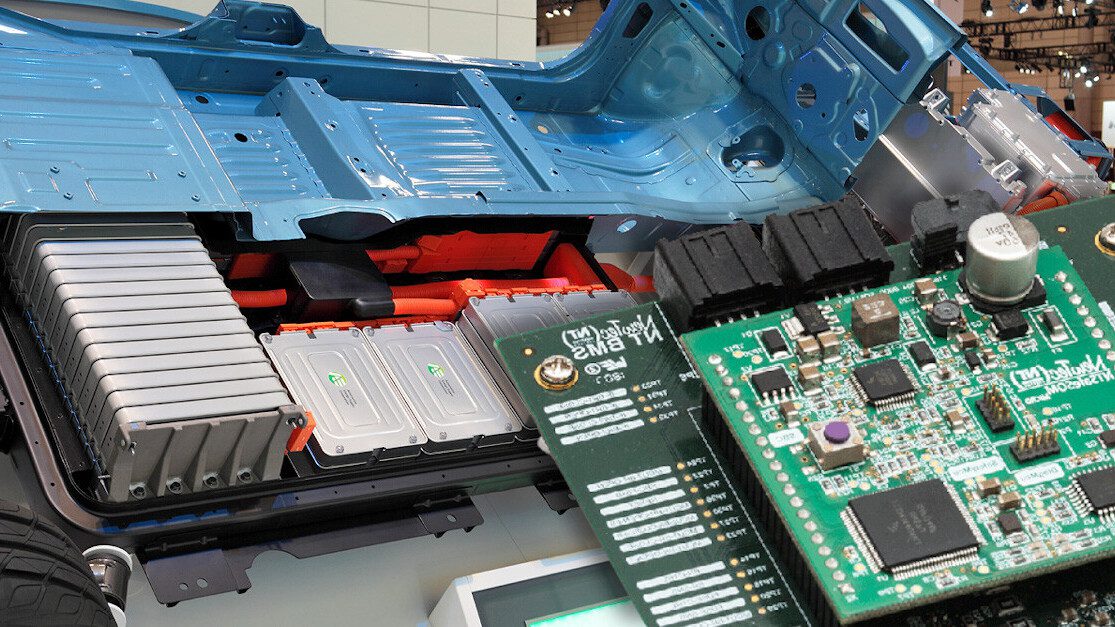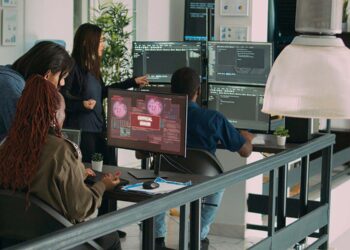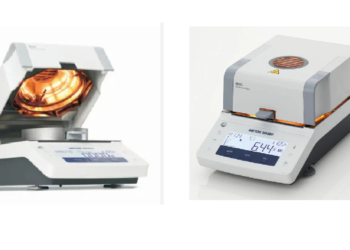Battery Management System Overview
The battery management system is mainly to intelligently manage and maintain each battery unit, prevent the battery from overcharging and over-discharging, prolong the service life of the battery and monitor the status of the battery. The BMS unit includes a battery management system, a control module, a display module, a wireless communication module, electrical equipment, a battery pack for powering electrical equipment, and a collection module for collecting battery information of the battery pack. The battery management system (BMS) is respectively connected with the wireless communication module and the display module through the communication interface, the output end of the acquisition module is associated with the input end of the battery management system (BMS), and the output end of the battery management system (BMS) is connected with the input end of the control module, the control module is respectively connected with the battery pack and the electrical equipment, and the battery management system is associated with the Server end through the wireless communication module.
Why is There a Necessity to Have a Battery Management System?
Since it is called a battery management system, the main job of the BMS is to handle tasks related to the onboard battery. Although the current battery manufacturing process has narrowed the differences between individual cells, there are still differences in internal resistance, capacity, and voltage between single-cell lithium batteries. It is prone to uneven heat dissipation or excessive charging and discharging. Over time, these batteries in poor working conditions are likely to be damaged in advance, and the overall life of the battery pack will be significantly shortened.
Also, the battery is in a serious overcharged state and there is a danger of explosion, which damages the battery pack and threatens the safety of the user’s life. Therefore, it is necessary to equip the power battery pack on the electric vehicle with a set of the targeted battery management systems, so as to effectively monitor, protect, balance the energy and alarm the failure of the battery pack, thereby improving the working efficiency and service life of the overall battery pack.
Classifications of Battery Management Systems
Over the years, with the rise of BMS technology, the development and evolution of BMS, especially in the commercial real estate market, is pretty fast.
Although building management systems may sound like a new concept, they have been around for over 50 years. Traditionally, a BMS is a computer-based control system installed in a building to monitor and regulate its mechanical and electrical systems. These systems may include lighting, ventilation, power, elevators, and safety features, among others.
We next explore three different classifications of battery management systems: single-integrated BMS, partially integrated BMS, and full BMS using a digital twin.
Single integrated BMS
A single integrated BMS has been used in the CRE industry for decades to improve operational efficiency and reduce energy costs. However, due to the limited interconnectivity provided by a single integrated BMS, small and medium-sized CRE buildings have the least cost benefit. This traditional BMS consists of different subsystems installed in the office of the building. Everyone has their own IT infrastructure and only building management/facility managers are granted access to these systems. All the different subsystems in the building, such as HVAC and lighting, are kept disconnected and managed individually with human intervention.
What does that look like? Older buildings with a single BMS often have facility personnel regularly checking every system within the building. Administrators want to keep track of all logged data on each system. They need to properly interpret this data manually in order to take action to operate and manage the building’s systems.
For example, to inspect and maintain a building’s HVAC system, a facility manager must go to each floor of the building, manually record humidity readings, and repeat these steps daily, weekly, and seasonally. Also, it’s important to note that facility personnel can only inspect subsystems that exist within the building. This process is time-consuming and expensive because problem fixes and system tweaks cannot be addressed and modified in real-time.
Partially integrated BMS
As subsystems grow and become more complex, the need for more energy-efficient and more integrated building management solutions grows. Fortunately, the Internet of Things (IoT) for buildings developed around 2010 and quickly became a game-changer. Therefore, an integrated BMS system was adopted, combining several individual subsystems that can now communicate with each other. For businesses, this means the rise of remote monitoring, condition-based maintenance, and automated labor scheduling. Through data collection, analysis, and automated control, these interconnected IoT technologies are extremely valuable to facility managers.

Facility managers can now receive notifications electronically on their mobile devices. This allows them to make adjustments to the physical subsystems and even the field more quickly to make adjustments to the build subsystems. For example, if occupancy in an office drops to zero, facility staff will be notified to turn off all lights in that room. This change can then be made remotely, saving a lot of time and effort. As shown in the diagram above, the goal of an IoT-integrated BMS is the same as in the earlier stages: to optimize building performance, thereby saving money.
Digital twin
Today, digital twins are transforming the BMS and CRE industries. Digital twins connect previously disparate BMSs to remotely monitor processes and optimize workflows. However, they also bring something new. Digital twins provide new insights in real-time, giving organizations new ways to maximize efficiency and reduce costs.
Digital twins provide an advanced approach to building management through real-time decision-making and a deeper focus on the tenant experience. A fully enabled digital twin addresses the limitations of BMS by unlocking meaningful insights for CRE owners, occupants, and operators.
BMS can adjust the lighting to accommodate low occupancy. However, only a fully enabled digital twin can provide a deeper context for the decline in occupancy. A digital twin can highlight substandard airflow in a room, causing discomfort to occupants, so it is rarely used. These techniques provide not only the current status of building subsystems but also a graph of system trends by collecting data to influence future management decisions. The technology provides real-time data, on how interactions between processes and connected things affect assets such as lighting and HVAC.
In the wake of Covid-19 and more buildings reopening, the importance of digital twin technology in operations and maintenance is now more important than ever. Commercial real estate companies must ensure that all measures are taken to minimize the risk of the virus in buildings while continuing to carry out their day-to-day tasks. Fortunately, digital twins will allow commercial real estate buildings to better maintain safe spaces.
Battery Management System Functions
(1) Accurately estimate the state of charge of the power battery pack:
Accurately estimate the state of charge (SOC) of the power battery pack, that is, the remaining power of the battery, to ensure that the SOC is maintained within a reasonable range, to prevent damage to the battery due to overcharge or over-discharge, so as to predict the hybrid power at any time. How much energy is left in the car energy storage battery or the state of charge of the energy storage battery?
(2) Dynamically monitor the working status of the power battery pack:
In the process of battery charging and discharging, the terminal voltage and temperature of each battery in the battery pack of the electric vehicle, the charging and discharging current, and the total voltage of the battery pack are collected in real-time to prevent the battery from overcharging or over-discharging. At the same time, it can give the battery status in time, select the problematic battery, maintain the reliability and high efficiency of the entire battery group, and make it possible to realize the remaining power estimation model. In addition, the use history file of each battery should be established to provide data for further optimization and development of new batteries, chargers, motors, etc., and to provide a basis for offline analysis of system failures.
(3) Balance between single cells:
That is, the single battery is charged in a balanced manner so that each battery in the battery pack reaches a balanced and consistent state. Equalization technology is a key technology of a battery energy management system that the world is working on research and development.
(4) Total voltage measurement of the battery pack
(5) Total current measurement of the battery pack
(6) Real-time data display
(7) Data recording and analysis
At the same time, the faulty battery is selected to maintain the reliability and efficiency of the entire battery operation.
(8) Communication networking function












Discussion about this post